
| Orange Ochre (one synonym : Telesto caecilius Plötz, 1884) TRAPEZITINAE, HESPERIIDAE, HESPERIOIDEA | (donherbisonevans@yahoo.com) and Stella Crossley |

(Photo: courtesy of Wes Jenkinson)

| Orange Ochre (one synonym : Telesto caecilius Plötz, 1884) TRAPEZITINAE, HESPERIIDAE, HESPERIOIDEA | (donherbisonevans@yahoo.com) and Stella Crossley |

(Photo: courtesy of Wes Jenkinson)
The Caterpillar of this species is greenish or pinkish brown, with faint stripes and a speckled appearance. It feeds on various species in ASPARAGACEAE such as:
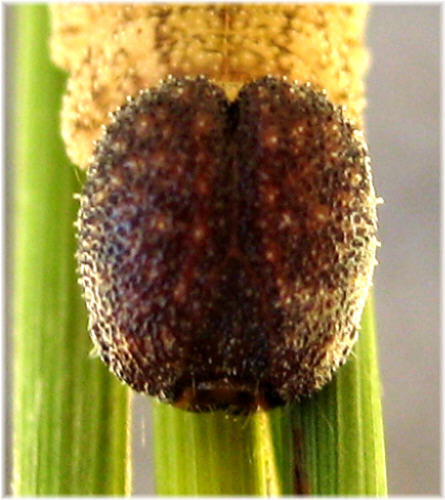
It lives in a shelter at the base of a foodplant constructed out of silk and leaves. The Caterpillar grows to a length of about 4 cms.
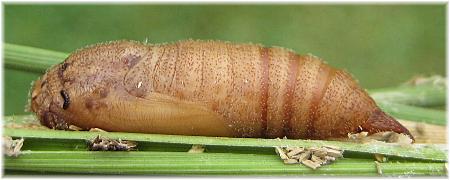
The Caterpillar pupates in the shelter. The pupa is brown with black spots on the mesothorax. It has a length of about 2 cms.
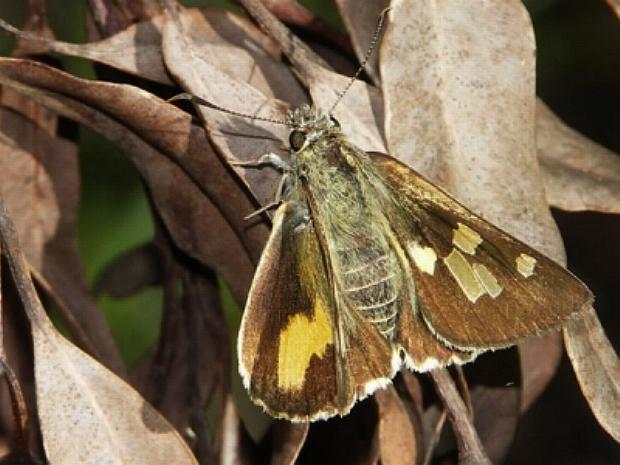
The upper side of the adult butterfly is brown with a series of cream and yellow spots on each forewing, and a large yellow band on each hindwing.

Underneath, the forewings are similar but redder, and the hind wings are russet, each with a number of variable small white spots, each of which is outlined in black. The wing span is about 3 cms.
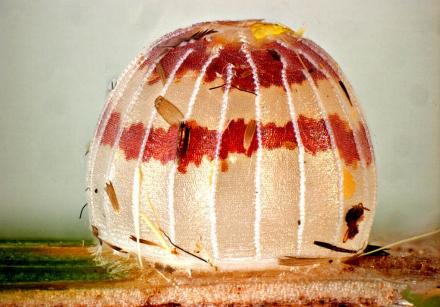
The eggs are off-white, developing coloured patches as hatching approaches, and are dome-shaped with about 20 ribs. The eggs have a diameter of about 1 mm. They are laid singly on the underside of leaves of a foodplant.
The males of this species are inclined to congregate around hill tops.
The species is found along the Great Divide in:
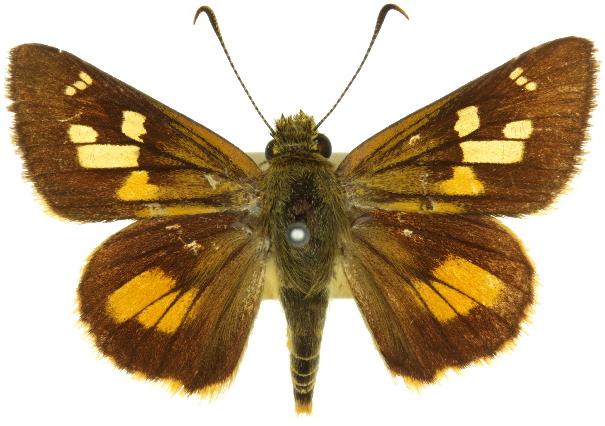
Further reading :
Michael F. Braby,
Butterflies of Australia,
CSIRO Publishing, Melbourne 2000, vol. 1, p 110.
William Chapman Hewitson,
Hesperidae,
Descriptions of One Hundred new species of Hesperidae,
London, Part 1 (1867), p. 32, No. 24.
 caterpillar |  butterflies |  Lepidoptera |  moths |  caterpillar |
(updated 16 September 2010, 3 April 2025)